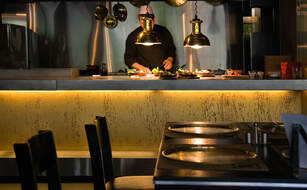 Want to improve your safety? Focus on improving your transparency. By having an operation that is open with vendors, suppliers and customers about your safety practices, you’re creating the conditions for improved safety. There are a number of actions you can take to improve your transparency: Trace (and minimize) your menu’s links in the food supply chain so you can tell a less complicated story about how you’re sourcing your menu. Be open with nutritional information and allergens on your menu – One Dine suggests offering a QR code on your menu that links to detailed information about menu items. Make your kitchen more visible – if you physically remove the barriers between staff and guest, you build trust and also reinforce your commitment to operating safely and efficiently. Finally, admit to mistakes when they happen – that could mean responding honestly and professionally to a negative review, or acknowledging steps you’re taking proactively to improve your operation’s safety based on audits or self-assessments.  The pandemic has been a two-year practice in adjusting to new recommended safety practices – and it’s demonstrated the need for restaurant operators to be able to get information out to staff in real time. In other words, posting flyers on employee bulletin boards has officially become obsolete. Do you have tech tools in place that enable you to push safety alerts and other information out to employees instantaneously via their smartphone? In addition to helping protect food safety and ensure your team is on the same page about vaccine-related regulations in your area, it could also help you empower your team to take greater responsibility and initiative in upholding health and safety protocols in your business. 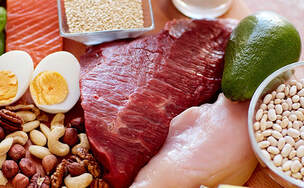 If you’re facing ice storms, snowstorms or other severe weather that could knock out your power this winter, you may be in the position of having to quickly take action to protect the food and beverage you’re refrigerating or freezing – and to determine what needs to be discarded. Don’t trust your nose or your taste buds in these situations, since they can’t necessarily detect when something is still fit to be consumed. You’ll be in a better place to salvage your food and beverage if you take steps in advance to store them in a way that enhances quality and freshness from the start. One tool that can help is the FoodKeeper app. Developed by the USDA's Food Safety and Inspection Service, with Cornell University and the Food Marketing Institute, the app (available for Apple and Android) lists optimal storage information for hundreds of items in your inventory.  At a time when the supply chain is stressed, it’s all the more important for operators to be able to know and trust the sources of the food they serve – and to be alerted quickly in case of problems. To support that process, the FDA recently announced its Foodborne Outbreak Response Improvement Plan, which includes input from (and an independent review by) the University of Minnesota School of Public Health. Food Safety News reports that the plan focuses on four areas of priority: tech-enabled product traceback, developing better systems around root-cause investigations of outbreaks, strengthening the analysis and dissemination of outbreak data, and making operational improvements to better evaluate the timeliness and effectiveness of foodborne outbreak investigations.  If you’re preparing food in large batches for guests in an effort to be efficient with your available resources, remind staff of food safety precautions to protect food as it cools. Steritech advises clients to cool cooked foods from 135°F to 70°F in two hours, and to 41°F within six hours. Divide dense foods into smaller portions and shallow containers to make cooling more consistent and avoid covering containers tightly until the food is fully cooled. If sending food home with guests, advise them to reheat their leftovers to at least 165°F and to freeze any food they won’t eat within three or four days.  Food safety tasks can be among those restaurant responsibilities that you pay closest attention to when something has gone wrong – a customer gets sick or leaves a negative review about the cleanliness of your facility, or an inspector notes something in your operation that needs to get better. But to set your business on the strongest possible course and improve staff behaviors in a lasting way, it’s important to focus on the positive. A recent Harvard Business School study found that regardless of the industry, business teams performed best when there was a positive-to-negative comment ratio around 6-to-1. In your training, team meetings and one-on-one interactions with staff, do you have plenty of ways to praise what is going well – through contests, positive comments or simple thank-yous? This may be even more important than reminding staff of what they need to do to improve. 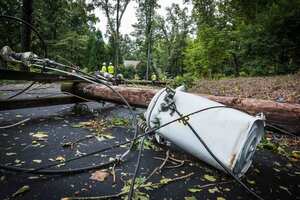 Extreme weather events can threaten food safety if they cause power outages. If you have winter storms or other severe weather events in your forecast, take some steps beforehand to help make sure your food stays protected. The organization Food Safety Training Certification advises freezing extra containers of water and gel packs to keep food cool if the power goes out, to group foods together in the freezer to help them stay cold longer, and to freeze items like milk, fresh meat and poultry that you don’t need immediately. Buying block or dry ice may also be worthwhile to keep the refrigerator or freezer cold if an outage is expected to last for a prolonged period.  If, like most foodservice operators, you are struggling to keep your business fully staffed, make sure to assess how your food safety training procedures need to be adjusted for any temporary workers coming on board to fill shifts. Your procedures must also account for changes in how safety tasks are spread out among smaller numbers of staff if that is the case. Since temporary workers are likely less familiar with your food safety measures, they will need more step-by-step guidance to uphold them – ideally in an online, automated form they can review as needed without other staff having to take time out to address questions.  Consumers still care a lot about restaurant safety – and according to a new Deloitte survey of 1,000 consumers who had eaten in a restaurant in recent months, they want to see it in action. More than half of the respondents (55 percent) said they would be willing to pay 10-15 percent more at a restaurant if they were told about the safety and cleanliness measures the business was taking to protect their food during transport and preparation. Further, consumers are noticing both traditional cleaning measures and more recent Covid-safety measures more acutely right now. Find ways to make your safety efforts more visible – in cleaning surfaces around your facility, preparing food or protecting employees and guests, and even with signage that explains all you’re doing to protect the people you’re serving and employing  Your staff needs to be able to focus on preparing food, serving guests and keeping your facility clean. Drains and dishwashers that are slow to clear, and other equipment that isn’t working effectively can not only consume your staff’s time but also potentially cause a food safety problem. As the new year begins, make it a priority to check equipment and schedule any needed maintenance and repairs to ensure your staff can stay focused on the task of serving guests. |
subscribe to our newsletterArchives
April 2024
Categories
All
|
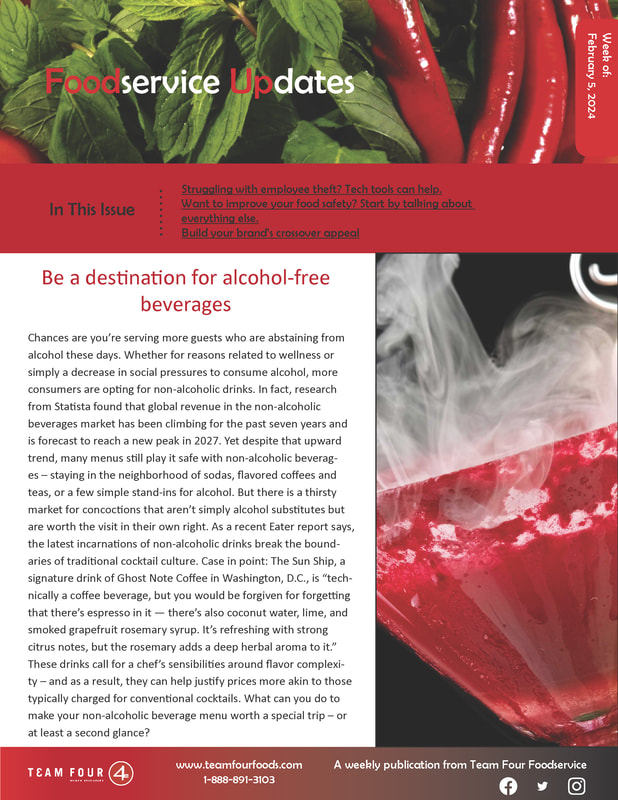

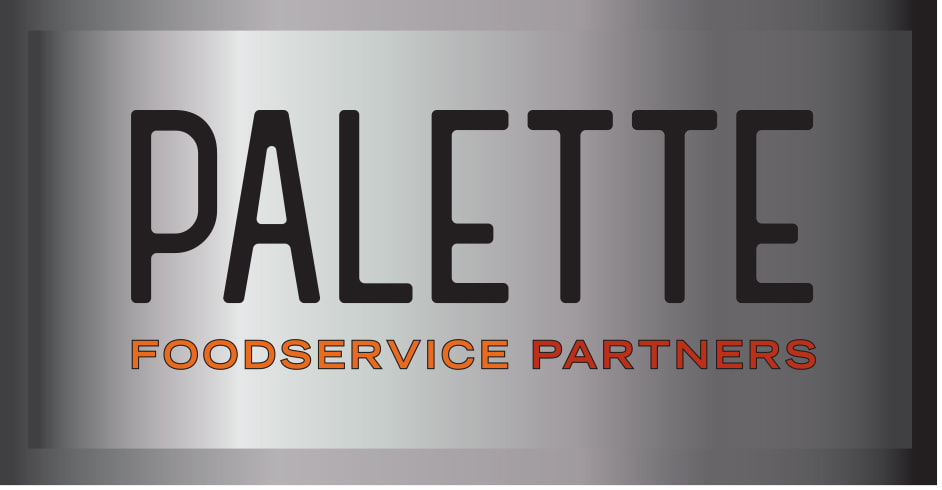
 RSS Feed
RSS Feed